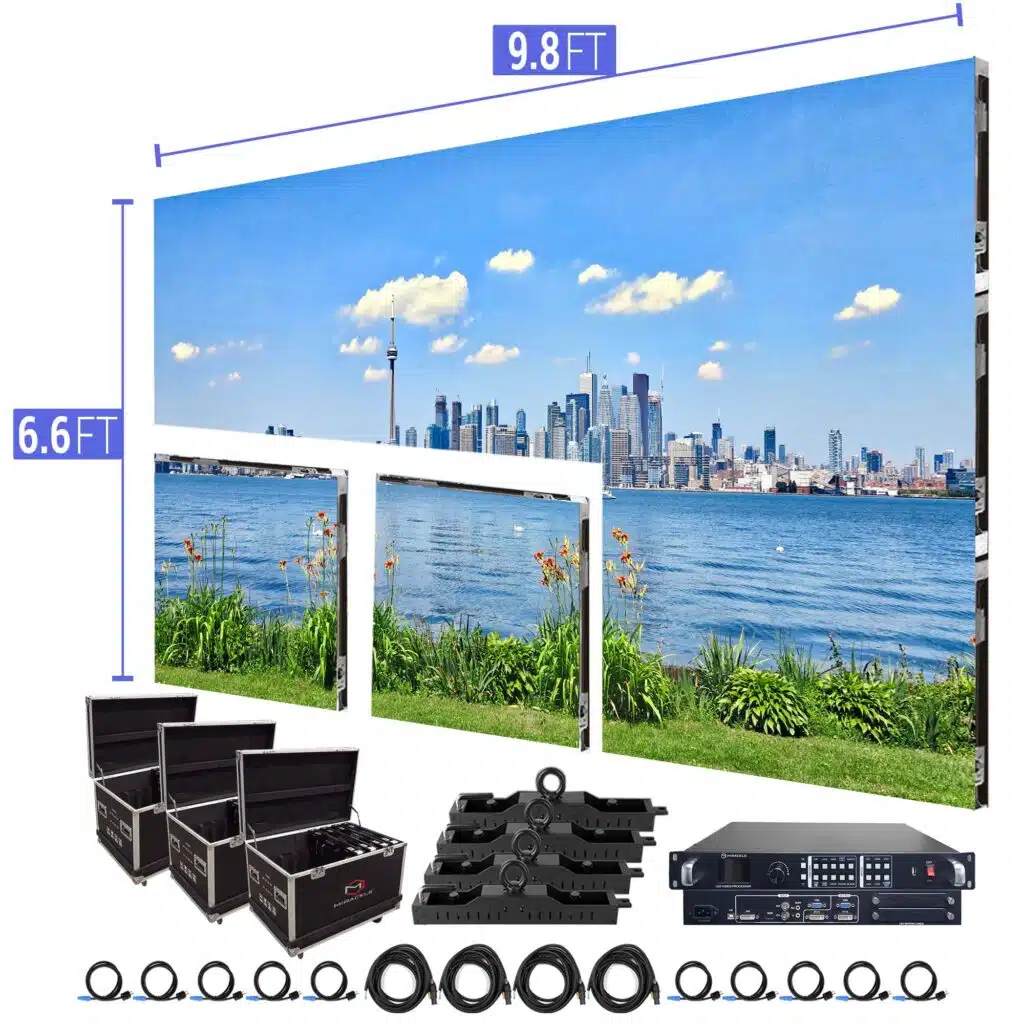The first step in ensuring color accuracy is understanding how LED technology works. LEDs, or light-emitting diodes, produce light in various colors by combining red, green, and blue (RGB) light. Each dot on an LED wall is made up of these three hues. When tuned properly, the combination of RGB can create a wide range of hues. However, if one color is too intense or too faint, it can distort the whole screen. This is why tuning is needed to balance the hues and achieve the desired graphic result.
Calibration involves modifying the settings of the LED wall to make sure that the colors displayed correspond the original content as closely as possible. This process usually involves using specific software and hardware tools. Technicians often use color assessment devices, such as color meters, to analyze the colors being shown. By comparing the assessed hues to standard color standards, they can make exact modifications. This ensures that the hues are not only lively but also uniform across the whole display.
Another important factor of color precision is understanding the surroundings in which the LED screen is employed. Elements such as ambient light can significantly affect how colors look. For example, a brightly lit room may fade hues, making them look less lively. To counteract this, technicians may modify the brightness and contrast settings of the LED wall. Additionally, they may select specific color settings that are better suited for various lighting conditions. This flexibility helps maintain color accuracy irrespective of the observing environment.

Finally, regular upkeep and re-tuning are essential for keeping an LED screen looking its finest. Over time, the functionality of LEDs can alter due to elements like degradation and temperature fluctuations. Regular checks and modifications can help guarantee that the colors remain accurate and lively. By committing time in proper calibration and upkeep, venues can provide led display calibration methods viewers with breathtaking graphic presentations that improve their total experience. Mastering color precision in LED wall calibration is not just a mechanical task; it is an art that adds to the wonder of visual narration.